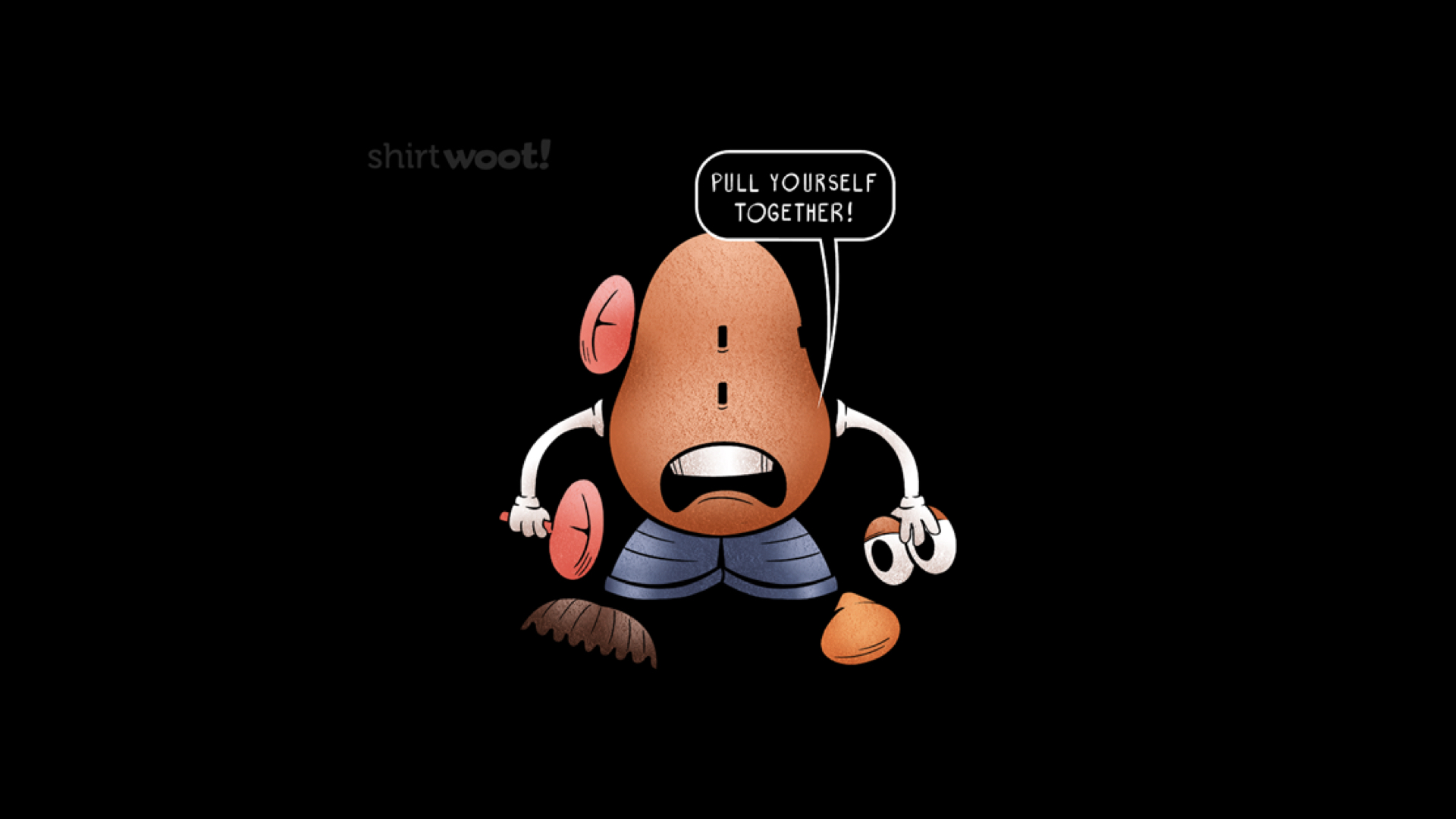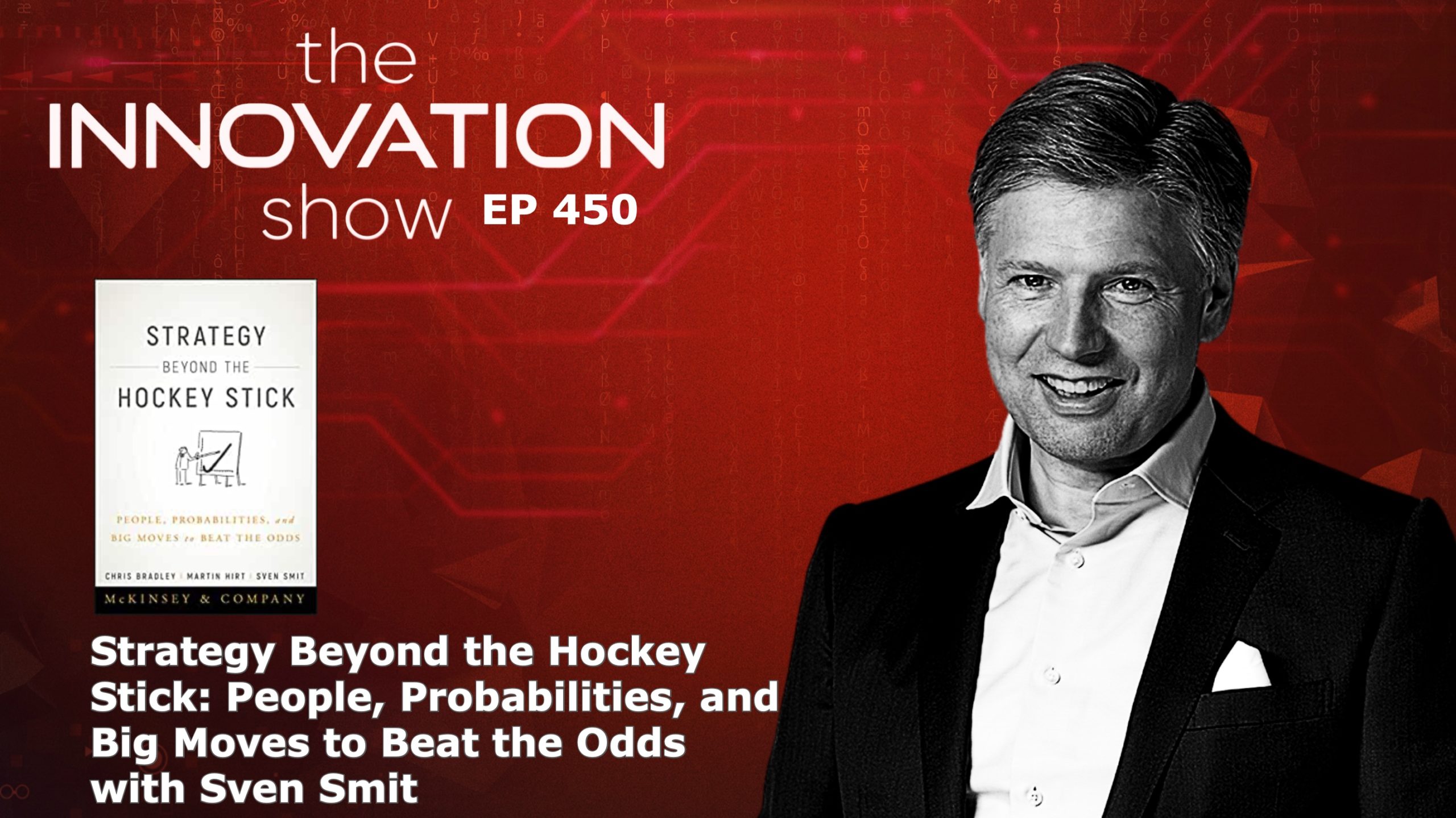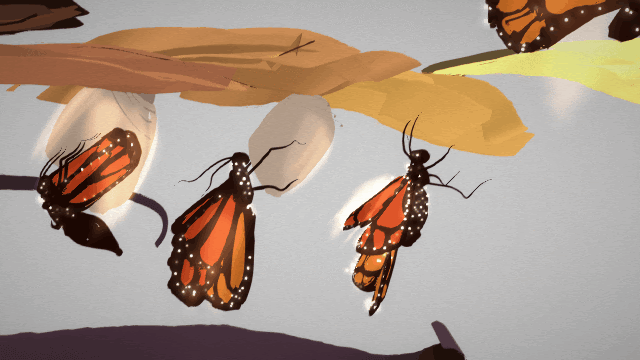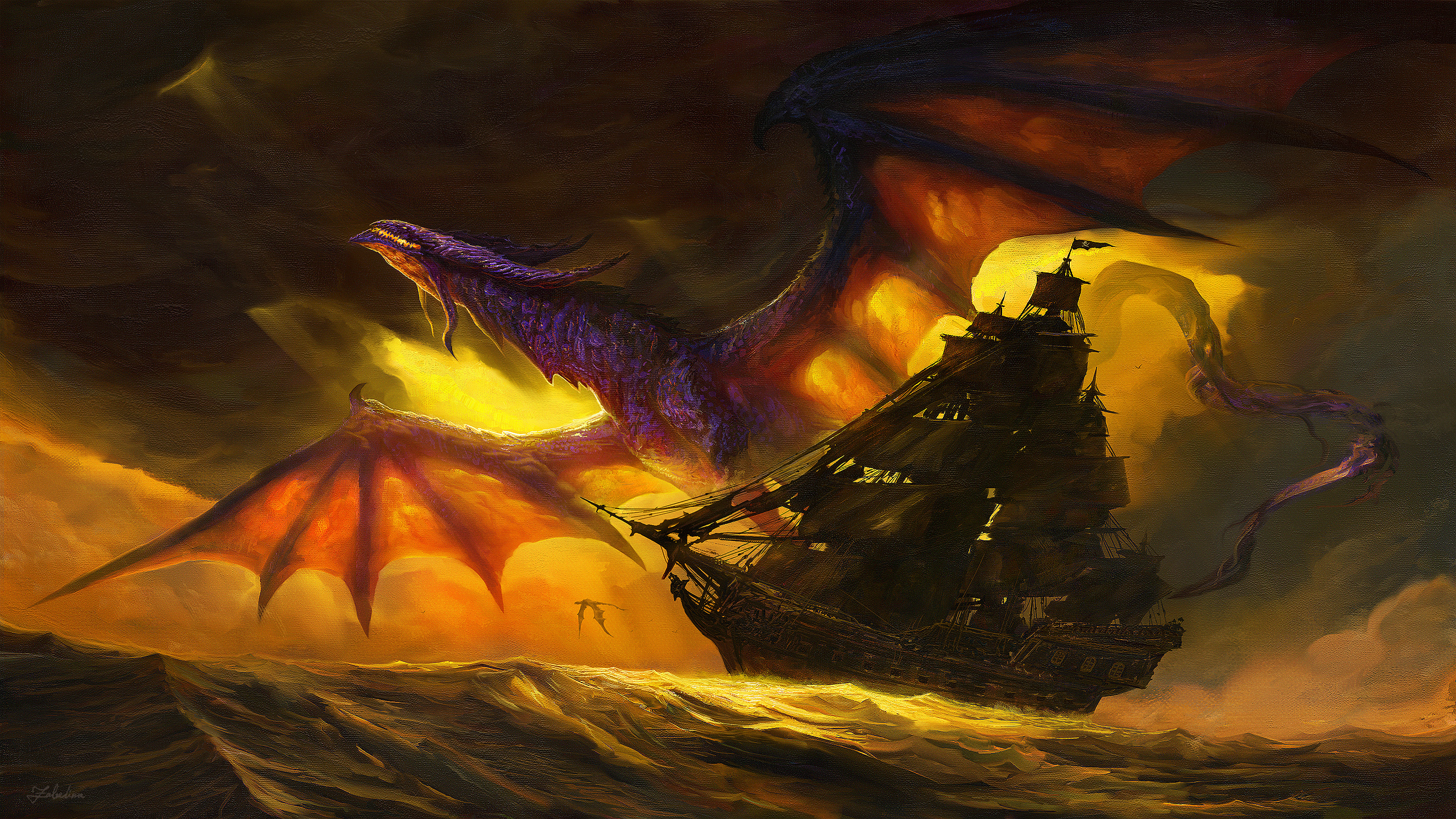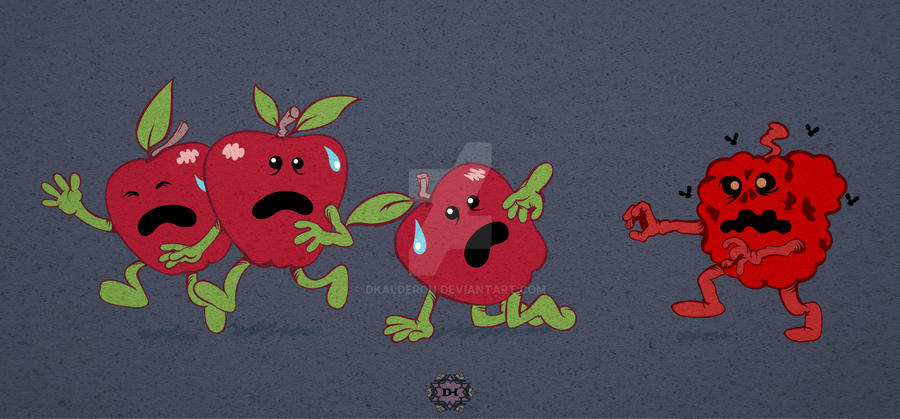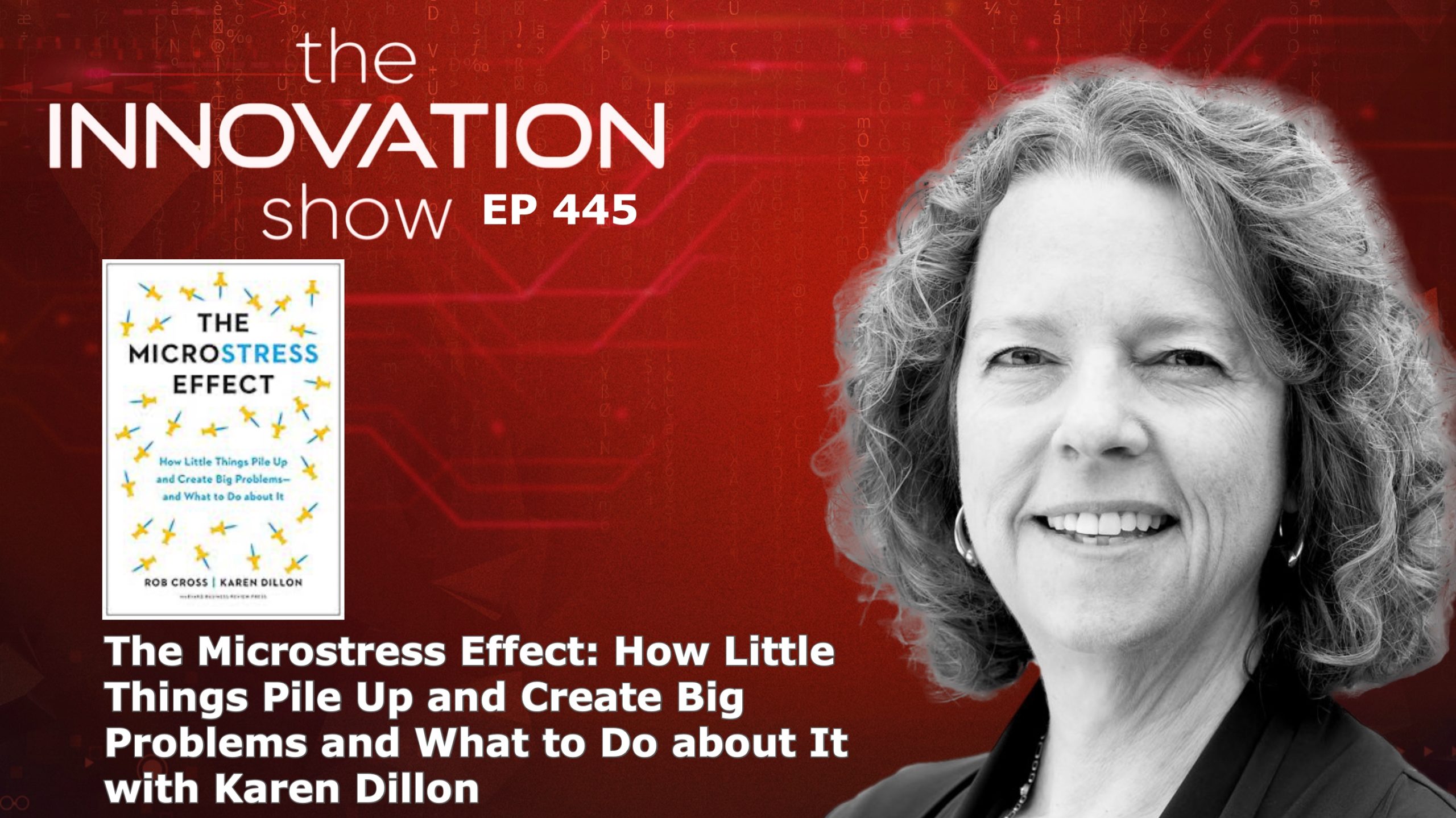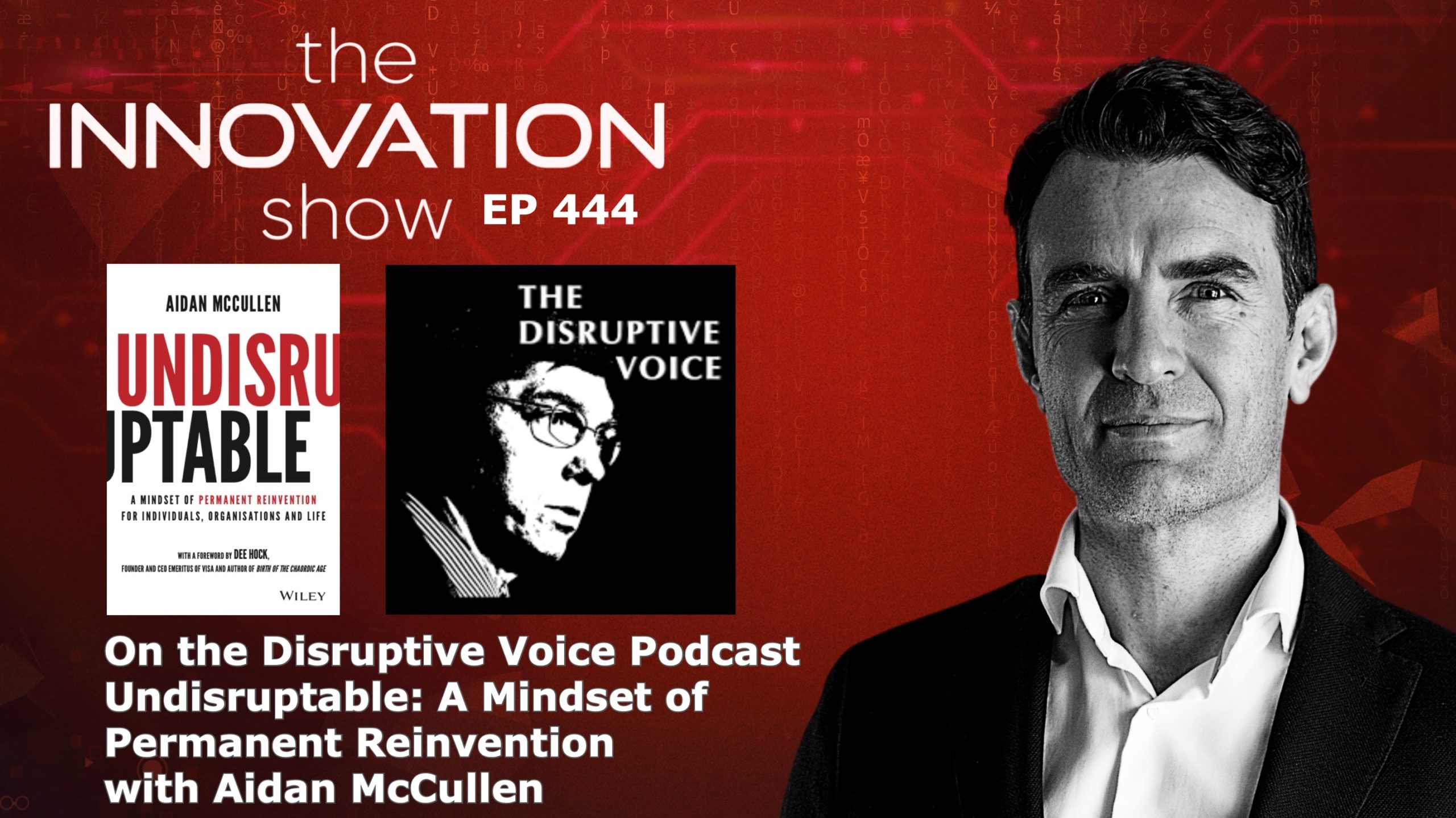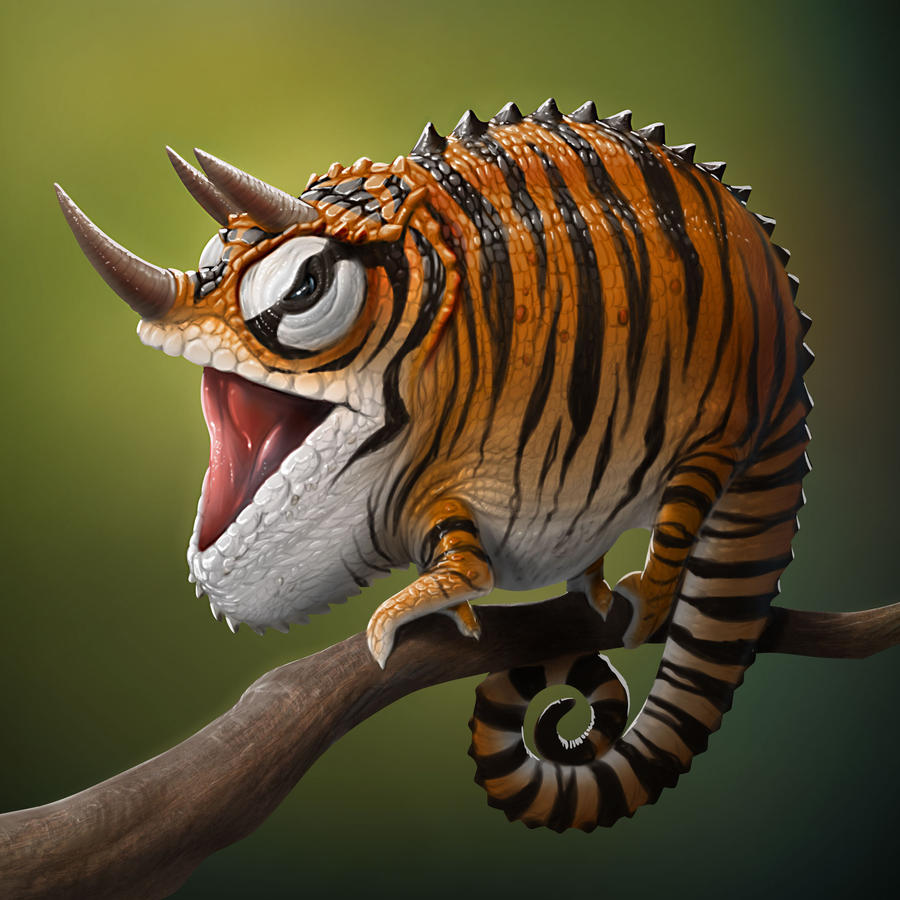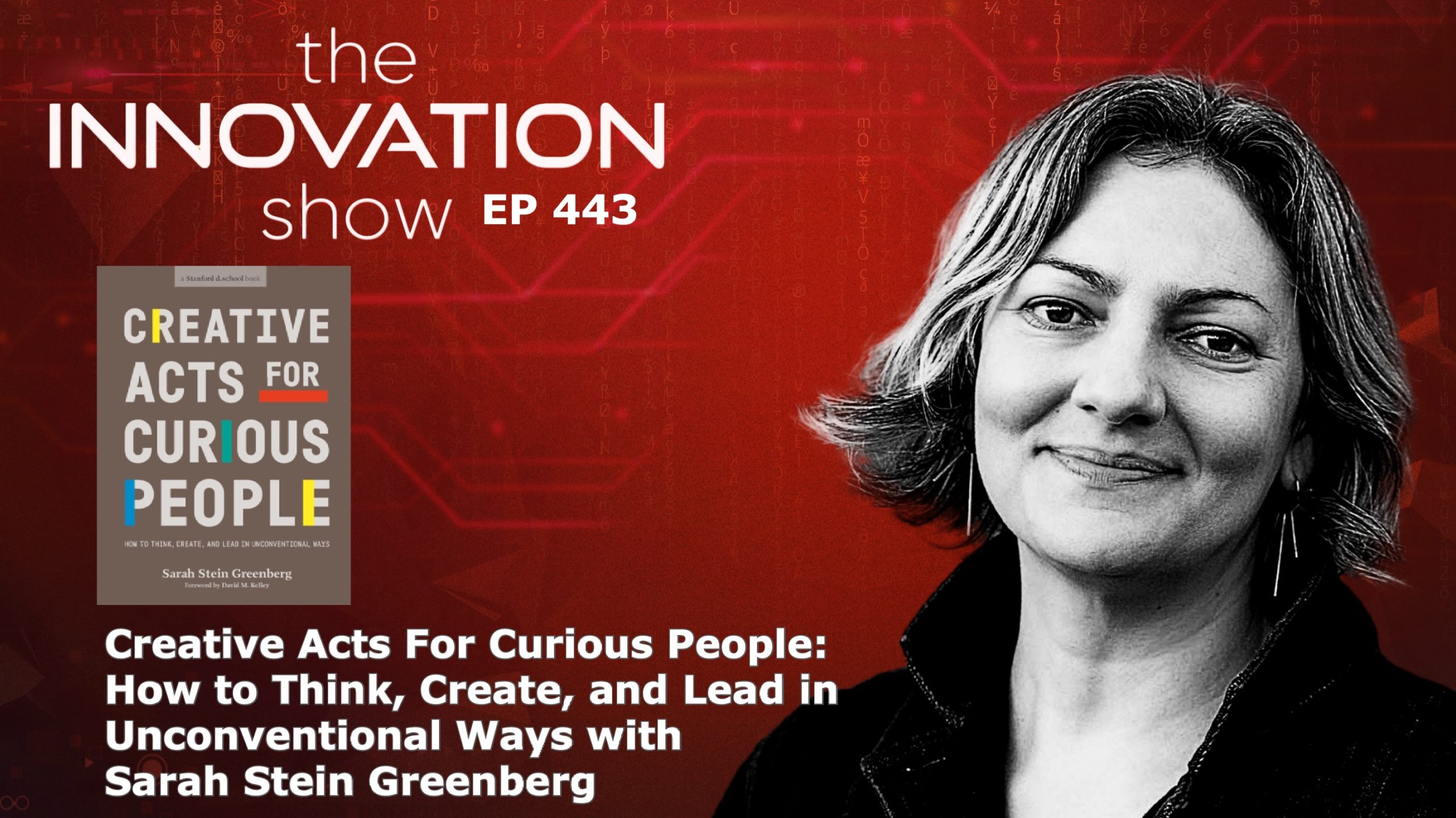Diversity of species, genetics, age, thinking and specialism (skillsets) is fundamental to the health of an ecosystem. As we will explore in this Thursday’s Thought, homogeneity risks ecosystems. Despite mother nature’s wisdom, we often think we know better. A drive for profits and short-termism frequently trump what is best for the long term.
Posted 11 months ago Tagged Aidan McCullen Business Entrepreneurship Human Potential Innovation Leadership McKinsey Strategy beyond the Hockey Stick Sven Smit Technology Undisruptable
Today’s book shows, through empirical analysis and the experiences of dozens of companies that have successfully made multiple big moves, that to dramatically improve performance, you have to overcome incrementalism and corporate inertia.
We welcome Chairman of the McKinsey Global Institute and Author of “Strategy beyond the hockey Stick” Sven Smit
Posted 11 months ago Tagged Aidan McCullen Business Catalysing Collagen Dual Transformation Innovation Leadership Subversive Serrapeptase Transformation
“Without changing the structure of your organisation, I would argue that [innovation] will not work.” – John Chambers (former CEO Cisco)
Many of us feel the bodily repercussions of middle age with joint pain, scar tissue and stiff muscles. While we mostly forget what led to these issues, our bodies keep the score. About two years ago, I embarked on a journey of physical reinvention. It strikes me how much this experience mirrors the formidable task of organisational transformation. To elaborate, I use the analogy of two supplements: serrapeptase to break down existing structures and collagen to rebuild them anew.
Posted 12 months ago Tagged Aidan McCullen Business Corporate Culture Disruption Innovation Leadership The Fra Mauro map and the Diego Ribeiro map Transformation
To successfully navigate the new world, we must humbly accept; that we don’t know what we don’t know. Like the mapmakers of the past, we must accept that accepting ignorance had to come before embracing knowledge. In the business world, this means a departure from the world of a five-year plan (map) in favour of the uncertain harbour of a five-year direction, where an organisational North Star serves as a magnetic force. This new mental map leaves enough room for uncertainty, deviation and exploration, just like the Ribeiro map.
Posted 12 months ago Tagged Aidan McCullen Aidan McCullen Innovation Blogs on Innovation Business Derek Van Bever Derek van Bever Stall Points Disruption Entrepreneurship Innovation Leadership Levi Strauss Strategy Failure Stall Points Strategy Technology The Seneca Effect The Seneca Effect in Business Transformation
The Seneca Effect, also known as the Seneca Cliff or Seneca Collapse, is a concept named after the ancient Roman philosopher Lucius Annaeus Seneca. The effect is based on Seneca’s quote, “Fortune is of sluggish growth, but ruin is rapid.” He observed that many things in nature, including human affairs, systems and civilisations, tend to decline much more rapidly than they ascend.
Posted 12 months ago Tagged Aidan McCullen Broken Window Syndrome Business Corporate Culture Disruption Entrepreneurship Innovation Leadership Strategy The Black Walnut Effect The Black Walnut Effect Broken Window Syndrome Toxic Colleagues Toxic Employee Transformation
If you neglect to remove the black walnut, you will see a gradual departure of the surrounding species to healthier pastures, with the younger saplings leading the way. In conclusion, just as removing a black walnut tree from an environment restores balance and promotes healthy growth, it’s essential to address toxic employees in the workplace to maintain a positive and productive work environment. It is essential to repair the broken windows.
Posted 1 year ago Tagged Aidan McCullen Business How Will You Measure Your Life Karen Dillon Innovation Karen Dillon Microstress Leadership Transformation
Microstress: tiny moments of stress triggered by people in our personal and professional lives; stresses so routine that we barely register them but whose cumulative toll is debilitating. We welcome the author of “The Microstress Effect” Karen Dillon
Posted 1 year ago Tagged Aidan McCullen Business The Disruptive Voice
In his book, Undisruptable: A Mindset of Permanent Reinvention for Individuals, Organizations, and Life, Aidan McCullen writes about how, centuries ago, sailors would set out to sea with maps labelled with the Latin words hic sun dracones – here be dragons – which meant that they didn’t know much – if anything – about the uncharted waters and unexplored lands that awaited them.
Posted 1 year ago Tagged "chameleonic" culture Aidan McCullen Business Corporate Culture Disruption Innovation Leadership Strategy Transformation
When an organisation recalibrates to adopt a radically new strategy, most leaders focus on the changes in processes, practices and procedures. These are the mechanics of business, the easiest to measure and easier to implement. Successful change efforts engage both the mechanics and humanics of change. The humanics involves the community, collaboration and culture. In a world of constant change, organisations must adopt a “chameleonic” culture, one that is capable of rapid change in line with strategic change.
Posted 1 year ago Tagged Aidan McCullen Business d School Design Thinking Entrepreneurship Innovation Leadership Sarah Stein Greenberg Stanford D School. Creative Acts For Curious People Technology Undisruptable
It is a pleasure to welcome the Executive Director of the Stanford d.school and the author of Creative Acts for Curious People: How to Think, Create, and Lead in Unconventional Ways, Sarah Stein Greenberg.
